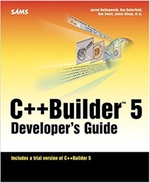Team culture and diversity
Last Friday, I attended a course on managing people led by Meri Williams and learnt a lot. I highly recommend booking her next course if you can. During the Q&A session, there was a question about hiring for diversity and Meri had some very interesting thoughts. I won't try to reproduce them all here as I'll be doing her a disservice. One comment that resonated was that ideally you want your team members to be… continue reading.


